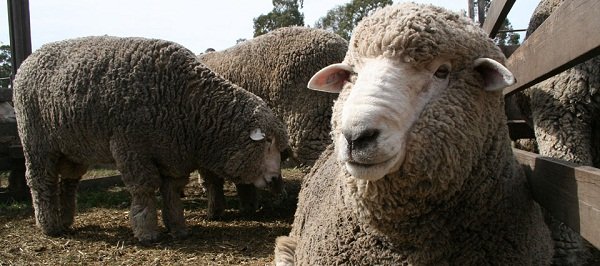Effect of subclinical zinc deficiency in lambs on nitrogen retention, productive and hematological parameters
Keywords:
zinc deficiency, lambs, wool production, nitrogen retention, hematology.Abstract
The objective of this trial was to study the effect of subclinical zinc (Zn) deficiency in lambs on productive variables, nitrogen (N) balance and hematological parameters. Ten Corriedale lambs, with an average weight of 10.09 kg, were randomly assigned to two groups: Basal (B, 10 ppm Zn) and Supplemented with 30 ppm Zn (Z). The trial lasted 20 weeks. The animals were weighed every 4 weeks. Also with this periodicity, they were bled by jugular venipuncture. In weeks 6 and 20 the apparent dry matter digestibility (ADMD) and N balance were evaluated. At the end of the test the wool production and quality were measured.
The weight gain and wool quality were similar in both groups, while wool production was 37.4% higher in group Z. According to the first balance period, ADMD was similar in both groups, but the retention of N was significantly higher in group Z than in group B (5.53 vs 4.03 g/day). In the second balance period there was a similar trend. There were no differencies between groups on hematocrit, hemoglobin concentration, red blood cells, total leukocytes, lymphocytes and neutrophils number. These results suggest that subclinical Zn deficiency reduces wool production, which may be related to lower protein
synthesis.
Downloads

Downloads
Published
How to Cite
Issue
Section
License
Al momento de enviar sus contribuciones, los colaboradores deberán declarar , de manera fehaciente, que poseen el permiso del archivo o repositorio donde se obtuvieron los documentos que se anexan al trabajo, cualquiera sea su formato (manuscritos inéditos, imágenes, archivos audiovisuales, etc.), permiso que los autoriza a publicarlos y reproducirlos, liberando a la revista y sus editores de toda responsabilidad o reclamo de terceros , los autores deben adherir a la licencia Creative Commons denominada “Atribución - No Comercial CC BY-NC-SA”, mediante la cual el autor permite copiar, reproducir, distribuir, comunicar públicamente la obra y generar obras derivadas, siempre y cuando se cite y reconozca al autor original. No se permite, sin embargo, utilizar la obra con fines comerciales.



.jpg)

4.png)


7.png)



